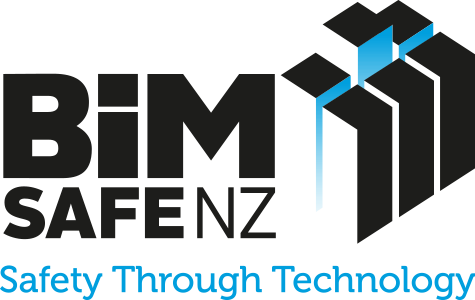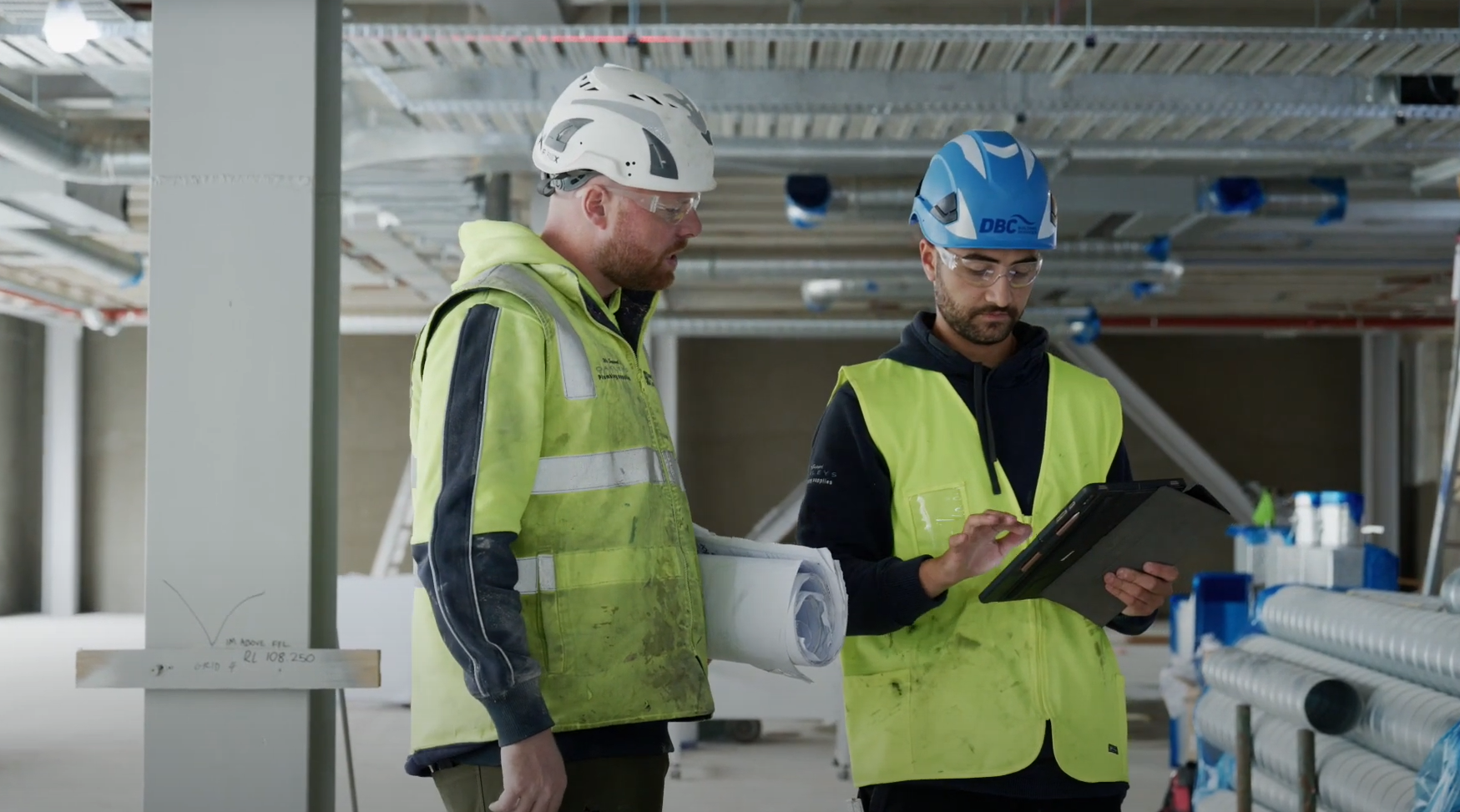ACC Ōtepoti: Overlay of BIM model and reality capture using OpenSpace
Summary
“This software and these checks can now be done easily, without any risk to workers, and it allows us to be able to make those calls and see issues ahead of time, which is great.” Blair Collie, Senior Project Manager, RCP
On the ACC Ōtepoti project, the implementation of OpenSpace BIM+ technology has given the project team a new tool to assist in construction verification and safety monitoring. By overlaying BIM models with reality capture on site, the team can remotely verify installation accuracy, identify potential conflicts, and reduce the need for hazardous physical inspections. This approach improves both construction accuracy and worker safety on the project.
Background
The ACC Ōtepoti project is a new office building for the Accident Compensation Corporation (ACC) in Dunedin, New Zealand. The project is a joint venture between Ngāi Tahu Property and ACC.
The building area is 8,000 square meters over four storeys. The project is located between Dowling Street and Queens Gardens, a site with historical and cultural significance for Dunedin and Ngāi Tahu. The project has encountered a number of challenges, such as complex site conditions (including archaeological finds and neighbouring historic buildings), seismic requirements, a tight schedule, and the COVID-19 pandemic.
The main stakeholders of the project include Ngāi Tahu Property, ACC, RCP (the project manager), Warren and Mahoney (architect), Naylor Love (main contractor), Aukaha (cultural advisor), and various consultants and subcontractors.
Video
Approach
The project team has implemented OpenSpace BIM+, which combines BIM modelling with site capture to create a live verification system. This technology allows the team to overlay specific modelled elements, such as mechanical ducting or structural components, onto images from the site. This capability enables contractors and project team members to verify installation accuracy without physically accessing potentially hazardous areas.
The system has proven particularly valuable for complex installations such as mechanical systems. When contractors need to verify the positioning of installations, they can use the overlay system to check their work against the BIM model. This allows for early detection of positioning issues, enabling the team to make informed decisions about whether to adjust installations or modify upcoming work to accommodate any variations. The approach has been especially beneficial in areas with tight service spacing, where accurate positioning is critical for avoiding conflicts with prefabricated components.
Outcomes and benefits
Health and safety benefits
- Reduced work at height: Team members can check many installations from ground level using the BIM overlay, instead of having to do physical inspections requiring ladders or lifts. This means reduced fall risks, especially when checking overhead services – making the job safer and more efficient.
- Early hazard identification: The system shows potential clashes and installation conflicts before they become physical safety hazards. Project teams can plan safer installation sequences and prevent issues that could otherwise require risky remedial work at height.
- Improved access to safety information: Anyone in the project team, on site or off, can check the latest site photos against the plans. Including a wider range of people in the checking process leads to better safety decisions and faster problem-solving when issues come up.
Other benefits
- Tools for quality control: Checking the 3D model against work on site makes it easy to see if everything is in the right location. This means less rework and fewer hassles during the build, while also creating a reliable digital record of the process to support quality management.
- Improved project efficiency: Many checks can be done on screen instead of climbing up to each installation or waiting for site inspections. This keeps the work progressing while maintaining quality control.
- Better coordination between trades: Teams can see where all services need to go before work starts. This means fewer clashes between different trades’ work and better flow through the construction process.
Lessons learnt
Start with overhead services verification
The biggest immediate safety benefit comes from reducing work at heights. Starting with mechanical services and other overhead installations gives clear safety improvements straight away. Where workers previously needed ladders or lifts for checking installations, digital verification allows them to work from ground level. This first focus area delivers obvious benefits fast, showing everyone the value of the system. Once teams see these improvements, they often find additional ways to use the technology in their daily work.
Early adoption helps drive safety culture
Using the technology from the start of the project means teams build it naturally into their daily safety practices. As workers become comfortable with basic functions, they discover new ways to use the tools. This creates an ongoing cycle where each safety improvement leads to new ideas and better ways of working. The earlier the start, the more people will use it, leading to better adoption and more innovation on site.
Support transparency across the team
Having the platform available to everyone – from site teams through to senior management – creates better project visibility. When all stakeholders can access the same real-time information, hazards get spotted faster and decisions become clearer. Open access means safety concerns can be communicated quickly and clearly across the whole project team.

